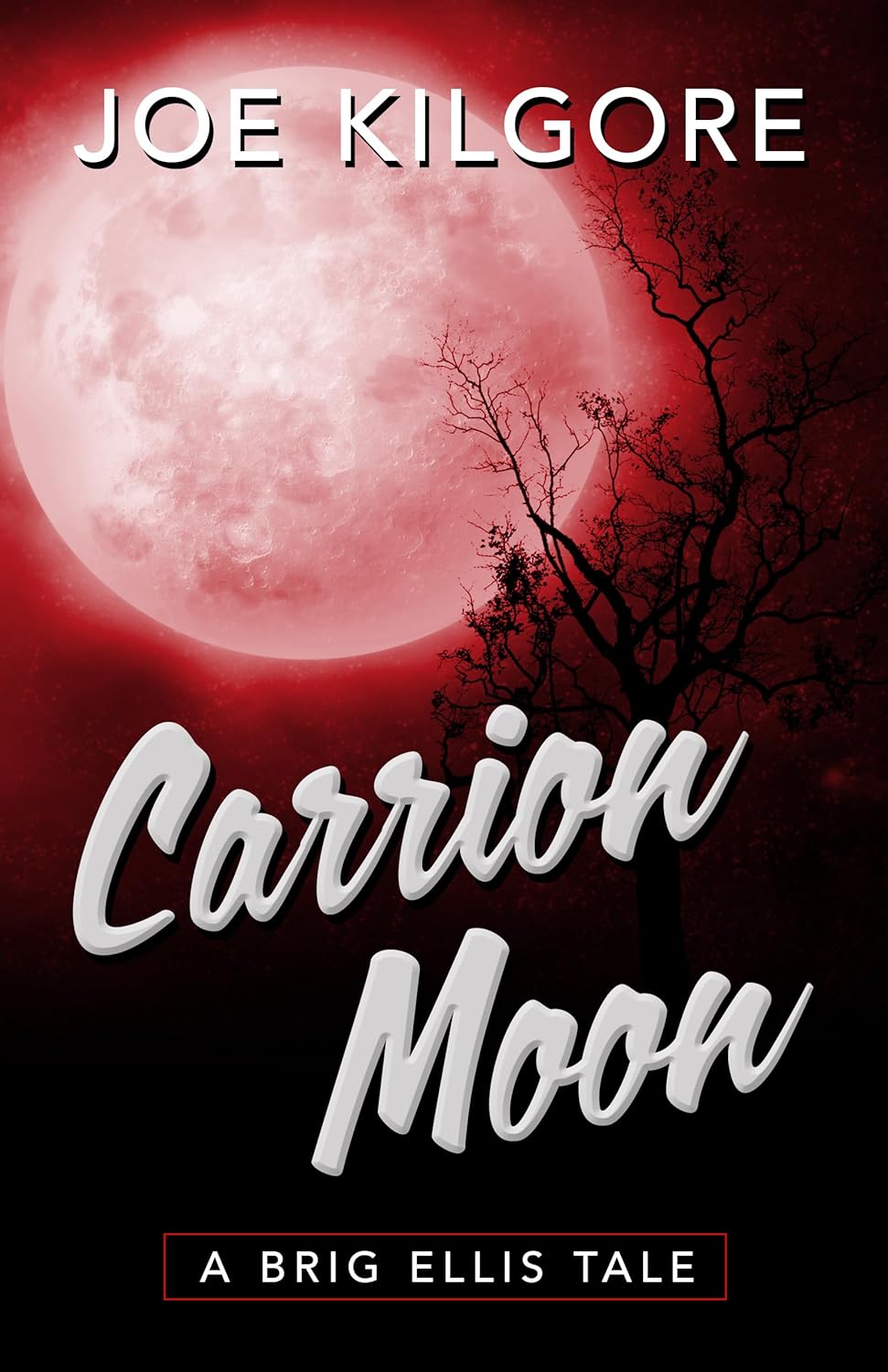Making Noxious Behavior Engrossing
Saturday, January 23rd, 2010Perhaps HRF Keating put it best when he said, “The great merit of the novels of Jim Thompson is that they are completely without good taste.” I would echo those sentiments. There is very little to look up to in a Thompson novel or story. But there’s a hell of a lot to like. Not the least of which is the man’s way with words. On occasion, he equaled Raymond’s Chandler’s ability to stop you cold with a descriptive phrase. Such as Thompson’s “She had on a mucklededung-colored coat–the way it was screaming Sears-Roebuck they should have paid her to wear it.” But he had no desire to equal Chandler in finely nuanced sophistication. He was more than happy to serve up all the sad squalor of human degradation that’s part and parcel of a number of America’s social levels. In fact, I believe he felt most at home when rubbing elbows (or throwing them) with denizens of blighted neighborhoods, sordid cities and nihilistic hamlets.
Jim Thompson wrote like his life depended on it. Because it often did. During his lifetime he published a lot, but was paid little for it. And he often squandered much of what he made on extended benders. Born in the Anadarko, Oklahoma jailhouse and raised in small towns throughout Oklahoma, Texas and the South, Thompson got to know the working people of the world up close and personal. You learn a lot about people being a bellhop in shady hotels. And you learn a lot about labor and hard-earned wages serving time as an oil field roughneck and roustabout. Of course, you also learn about blowing off steam and the consequences of over indulgence in sex, alcohol and mayhem. Not always in that order. Thompson had a lifelong battle with alcoholism. It frequently cost him jobs, familial peace and more. But unlike many, he managed to stave off its ultimate effect until the age of 71. His, for his time, was a relatively long life, that he probably wished was shorter.
Between the late 1940’s and the early 1970’s, Jim Thompson wrote nearly 30 novels. Yes, for the math majors among you, that’s about one novel a year. But it was during a time when there were no graphic novels, no video games, no personal computers, very little football on TV, and thankfully, no reality TV at all. So people, the kind of people who didn’t go in much for the symphony or opera or even the legitimate theatre, turned to “paperbacks” for a lot of their entertainment. And Thompson was more than happy to serve up all the “reality fiction” any reader could stomach. Of course, every now and then he would dose it with a lethal injection of horror, fantasy and the supernatural. Just enough to keep the reader on his toes. You’d be going along, thinking you were reading an interestingly written, but rather ordinary thriller, when all of a sudden you’d come upon a big heaping bowl of bizarre. Surrealism wove its way in and out of Thompson novels like an uninvited relative.
Take for instance Savage Night. A novel that for seven-eights of its length appears to be a vivid story of a syndicate hit man embroiled in a troubled assignment. It has the usual cast of Thompson characters: the hero, who looks like a punk kid, but who, in reality, is really a tuberculoid adult living on borrowed time; a slutty landlady with more curves that Lombard Street in San Francisco; her alcoholic husband who has squealed on the mob and is in constant fear of losing what is left of his life; an aging baker who may or may not be on the bad guy’s payroll; and Ruthie, a freakishly deformed college girl who could wind up being the most dangerous one of all. The story unfolds in a rather straightforward way until it gets near the eventual climax where it could be said the book literally devours itself. Readers just may find that a writer named Stephen King, owes a bit of his inspiration and success to Jim Thompson.
A number of movies were made from Jim Thompson original scripts or were based on his novels. The Getaway was made twice. With Steve McQueen in the 70’s and Alec Baldwin in the 90’s. The Killer Inside Me (Thompson’s most successful book) was made twice. With Stacy Keach in the 70’s and this year, 2010, a version with Casey Affleck in the lead role. The Grifters (which garnered four Oscar nominations) was based on a Thompson novel. As was After Dark My Sweet. And there were lots more. Including two scripts for the famous director Stanley Kubrick. But virtually all of the acclaim for Jim Thompson’s work came after his death. Not unlike many characters in his novels, he may have gotten the last laugh, but he wasn’t around to enjoy it.
A wonderful biography of Thompson was written in 1995 by Robert Polito and it garnered both the National Book Critics Award and the Edgar Award for best critical biography. Polito appropriately titled it Savage Art. For those who love true stories about black coffee, unfiltered cigarettes and the guys who wrote stories about them, it’s well worth reading.
Jim Thompson’s last years were spent in a small apartment in Hollywood. He used to dine frequently at the famous Musso & Frank Grill. When he became so sick he couldn’t write anymore, he decided he need not eat anymore either. Thompson literally starved himself to death. In addition to his formidable body of work, (intense and gritty as anything you’re ever likely to read), The Fiction Fortune Hunter believes he should also be remembered for a rather remarkable quote. Jim Thompson said, “There are 32 ways to write a story and I’ve used every one of them. But there is only one plot…things are not what they seem.”
